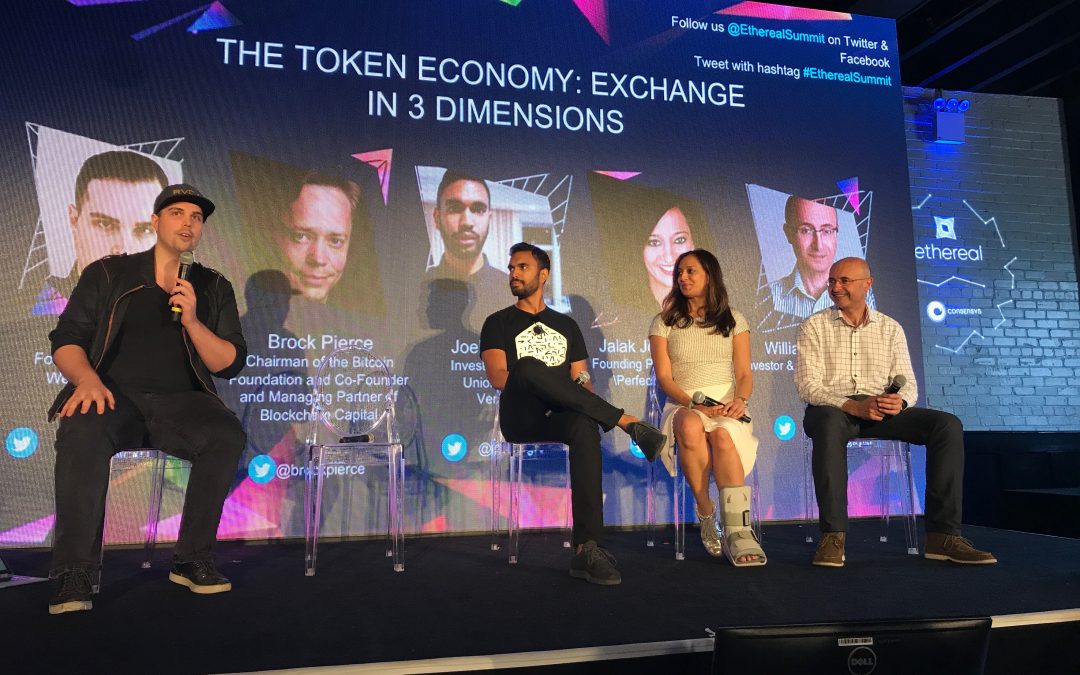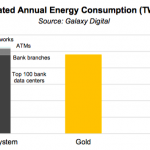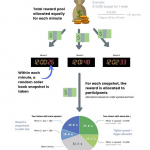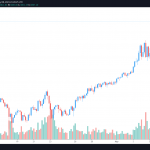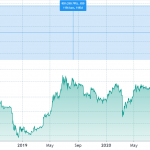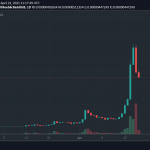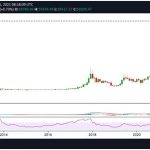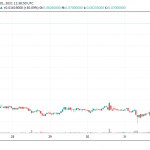Sweltering, crowded, and filled to capacity.
If there were a sign that blockchain may be overhyped, or that the industry is in the midst of a massive bubble, the Ethereal Summit may well have been it.
As if an effort to seize the moment, the one-day event, hosted by ethereum startup and incubator ConsenSys, squeezed 32 panels and presentations into a grueling 10-hour day. The talks, held in two buildings across the street from one another in Brooklyn, continued back to back, without the usual mid-morning and mid-afternoon coffee and networking breaks one might expect from such events.
If you stepped away, you were sure to miss something, or worse, return to find your seat taken.
Oversold?
By late morning, people wanting to enter the main hall were repeatedly told, “We are over capacity,” and directed to go across the street to the “green building”.
Meanwhile, outside temperatures hovered around 90 degrees, and an overflow of people lingered in the lobby area, where there was no air conditioning, or went to find cooler seating across the street.
According to one source, the event, which featured 50 speakers in mostly panel discussions, was put together in a mere five months. Six hundred people registered online, paying $600 for a ticket, while many more showed up the morning of to registered at the door.
Attendees were drawn for various reasons. Many came to learn more about “this blockchain stuff,” some sent by their employers. Some were launching their own blockchain companies, while others were speculators, hoping to get in early on a hot technology or an initial coin offering (ICO).
One person referred to the event, as a “spiritual experience.”
All encompassing
The talks themselves covered topics that ran the gamut from health, government, energy, real estate, trade and art, with the overarching theme being that blockchain has become the hope, the savior and the salvation for all things.
At times, things got emotional.
On a panel about the supply chain, Brian Iselin, president of Slavefreetrade.org took off his pants to make a point about how blockchain could potentially remove slave labor from the supply chain.
“I’m tired of people suffering and dying for the things that we buy,” he said, standing on stage in his boxer shorts.
Elsewhere, on a panel about the token economy, Jalak Jobanputra, founding partner at Future Perfect Ventures, spoke of how cryptographic, blockchain-based tokens would the open doors for people all over the world to support companies they personally believed in.
“We are going to see better companies. We are going to see a better world emerge,” she said.
On the same panel, Brock Pierce, co-founder and managing partner of Blockchain Capital, dressed in sparkling red pants and wearing one gold and one silver tennis shoe, encouraged people to consider investment opportunities.
He said:
“Every asset is eventually going to end up here. The thing to think about as investors is market timing. A lot of ideas might be right, the question is, where are they in the cycle?”
Pragmatism
Meanwhile, some took a more conservative approach to the market.
Brad Burnham, co-founder and partner at VC firm Union Square Ventures, recalled living through the “Netscape era,” a reference to the IPO that infamously kicked off the dot-com boom two decades ago. He referred to the period as a time when there was “an enormous amount of enthusiasm and no infrastructure.”
He pointed out that during the pre-Broadband period, smart investments were made in companies that laid the tracks for the early internet. And similarly, right now, he stressed, the focus should be on infrastructure first – particularly, wallets.
He told the crowd:
“Until we get wallets in more people’s hands, we are not in a position to really build applications and get them properly distributed.”
At the end of the day, Joseph Lubin, the founder of ConsenSys and co-founder of ethereum, took the stage and delivered his 30-minute closing talk, bringing to conclusion the speaking part of the event.
After that, those who were left (and there were many) went across the street to the ‘Green room’. Wine and beer flowed, appetizers were served — and the real party began.
Images via Amy Castor for CoinDesk

